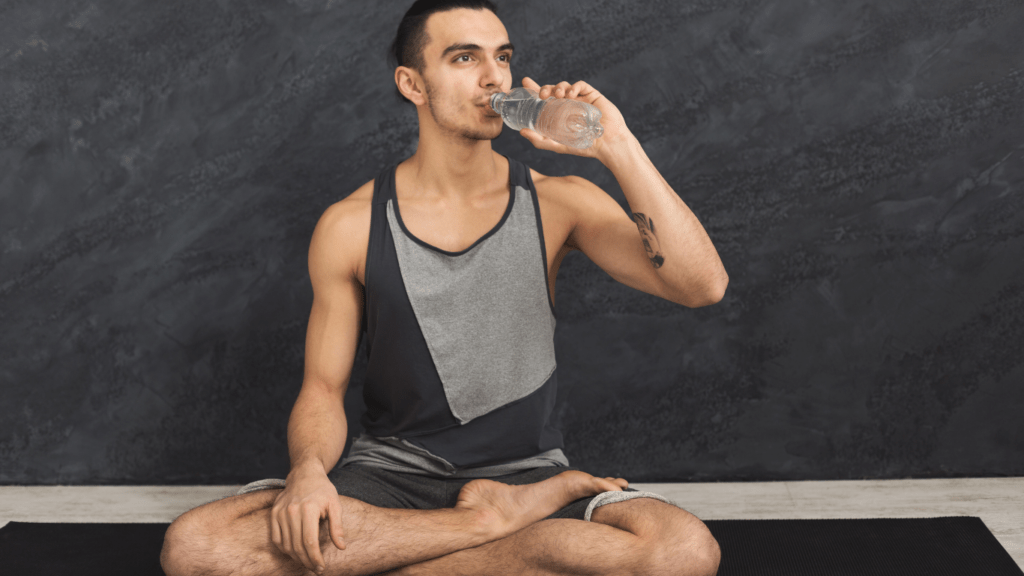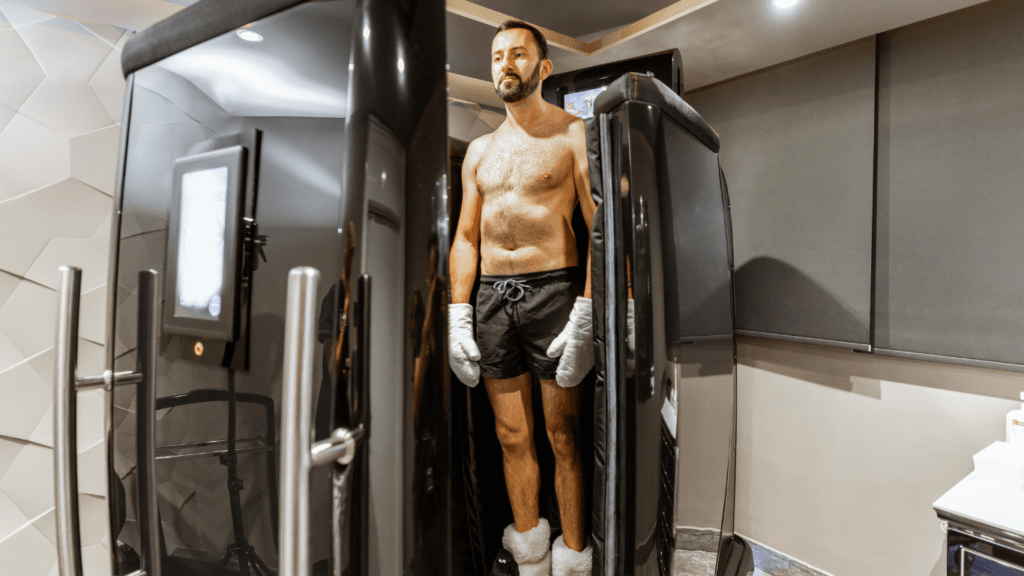Pushing limits and chasing goals feels incredible, but I’ve learned that peak performance isn’t just about intense workouts or long hours. Recovery is the secret weapon that keeps high-performing individuals thriving. Without it, even the most dedicated routines can lead to burnout or setbacks.
The Importance Of Fitness Recovery For High-Performance Lifestyles
Fitness recovery allows the body to repair, adapt, and improve after physical activity. Without adequate recovery, the risk of injury increases, energy levels drop, and overall performance suffers. Balanced recovery supports sustained progress in high-demand routines, both physical and mental.
Muscle restoration is a critical part of recovery. Activities like resistance training create small tears in muscle fibers, which strengthen as they heal. Rest periods combined with protein intake and hydration optimize this process.
Reducing inflammation is another key aspect. Active recovery methods like stretching or low-impact exercises improve blood flow, helping flush out lactic acid and reducing stiffness.
Mental rejuvenation enhances focus and decision-making. Stress from intense schedules and workouts can disrupt recovery. Incorporating meditation or relaxation techniques improves sleep quality and resets cognitive function.
Effective recovery isn’t just reactive; it’s strategic. Implementing practices such as massage therapy, sleep optimization, and nutritional planning maintains consistent performance and prevents plateaus.
Key Elements Of Effective Recovery Routines

Integrating effective recovery practices into high-performance lifestyles maximizes physical adaptation and mental resilience. Each element of recovery plays a distinct role in achieving sustainable progress.
Sleep And Its Role In Recovery
- Sleep is essential for restoring both physical and mental capacities.
- Deep sleep fosters muscle repair by releasing growth hormones that aid tissue recovery and energy replenishment.
- Sleep cycles also optimize cognitive functions, improving focus and decision-making abilities.
- For individuals juggling intense schedules, maintaining 7-9 hours of quality sleep nightly enhances performance consistency.
- Creating a sleep-supportive environment by reducing blue light exposure and maintaining a consistent sleep-wake schedule further promotes recovery.
Nutrition Strategies For Optimal Recovery
Post-workout nutrition accelerates recovery and replenishes glycogen stores, which fuel subsequent physical activities. Consuming a balanced mix of proteins and carbohydrates within 30-60 minutes post-exercise repairs muscle tissue and restores lost energy reserves. Including anti-inflammatory foods like berries and fatty fish reduces soreness and speeds up muscle recovery. Regular nutrient-dense meals containing essential vitamins and minerals support long-term performance by aiding the body’s natural repair processes.
Hydration And Recovery Benefits
Hydration regulates body temperature, maintains joint lubrication, and aids nutrient transport during recovery. Sweat loss impacts electrolyte balance, so replacing fluids with water and electrolyte solutions after exercise prevents cramps and dehydration. Drinking 16-24 ounces of water for every pound lost during workouts ensures consistent hydration levels. Proper fluid intake not only enhances energy but also reduces recovery time by improving circulation and toxin removal.
Active Recovery Techniques
Active recovery techniques support muscle repair, improve circulation, and reduce soreness. They promote long-term performance sustainability by easing both physical and mental fatigue.
Stretching And Mobility Exercises
Dynamic and static stretching enhance flexibility and range of motion. After intense training, I focus on dynamic stretches like leg swings or arm circles to maintain joint mobility. Static stretches, such as a hamstring stretch or quad hold, relax the muscles and reduce tension. Including mobility exercises like foam rolling targets fascia and boosts circulation, accelerating recovery.
Low-Intensity Workouts
Low-intensity workouts maintain blood flow without overloading the muscles. I incorporate activities like:
- walking
- swimming
- cycling
at a moderate pace for 20–30 minutes to reduce stiffness and promote recovery. These sessions prevent buildup of lactic acid and help regain energy without impeding progress.
Yoga And Mind-Body Practices
Yoga combines gentle movement with breath control to reduce stress and enhance flexibility. I use poses like downward dog and child’s pose to alleviate tightness while deep breathing reduces cortisol levels. Practices including tai chi or Pilates integrate mindfulness and physical recovery, restoring both body and mind in high-demand lifestyles.
Advanced Recovery Tools And Methods
Implementing advanced recovery strategies enhances performance by accelerating muscle repair, reducing fatigue, and preventing injuries. Modern tools and methods provide targeted solutions for high-performing individuals.
Foam Rolling And Massage
Foam rolling reduces muscle tightness by applying pressure to release knots, improving flexibility and blood flow. After intense sessions, I use a high-density roller to target specific areas like:
- quads
- hamstrings
- calves
Evidence suggests self-myofascial release alleviates soreness and boosts recovery efficiency. Regular massages, whether manual or through devices like massage guns, enhance tension relief and deeper muscle relaxation, supporting optimal recovery efforts.
Cryotherapy And Heat Therapy Options
Cryotherapy involves exposing the body to low temperatures, which decreases inflammation and speeds up recovery in overworked muscles. I often use whole-body cryotherapy chambers or localized ice packs after high-intensity workouts. Heat therapy improves circulation by dilating vessels, promoting faster nutrient and oxygen delivery to damaged tissues. For instance, heating pads or sauna sessions post-workout alleviate stiffness and reduce delayed onset muscle soreness (DOMS).
Wearable Recovery Technologies
Wearables track recovery metrics like heart rate variability (HRV), sleep quality, and stress levels, helping me make data-driven adjustments. Devices such as Oura rings or WHOOP bands provide actionable insights into rest and activity balance. Advanced gear like compression boots improves venous return, reducing swelling and muscle fatigue. These technologies ensure precision in recovery management, maximizing overall performance gains.





